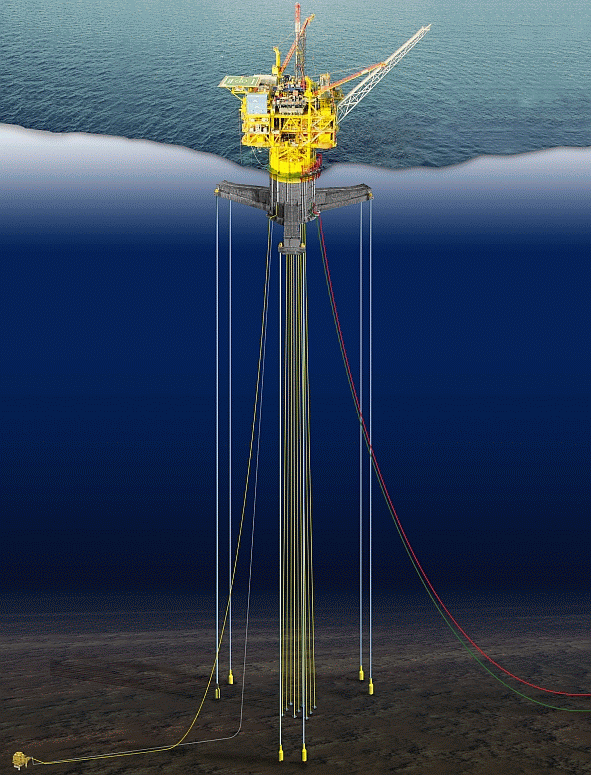|
|
I am interested in
fluid mechanics and
applied
mathematics. Namely, I use a combination of asymptotic analysis
and numerical
calculations to
investigate instabilities
in fluids, pattern formation and flow control. Feel free to contact
me if you are
interested in more details.
|
|
|
Afterbody
flows |
|
|
The
flow
past a space launch vehicle exhibits a massive separation, owing to
the abrupt change in the geometry of the first stage. This
low-pressure, unsteady region induces a dramatic
increase in the base drag (which may represent up to 70%
of the total drag) and high dynamic
loads that can be critical during the
transonic phase of flight. Such
oscillations may, amongst
other disagreements, cause fatigue failure, resulting in early
deterioration of the
materials, or affect the integrity of the payload. This unsteady
behaviour is also
detrimental to the engineering application by limiting the maximum
thrust, whereas
high-thrust delivering is needed to face the increase in the payload
capabilities.
The prediction for the occurrence of unsteady flow conditions is thus
needed to guide the engineering designs of the future launchers.
|
|
|

Afterbody
of the Ariane V launcher.
|
|
|
Three-dimensional
impinging jets
|
|
|
Jet impingement is
widely used in
many industrial applications
when an intense and rapid heat transfer is desired. For instance,
for
automotive purposes, steel sheets are coated by a zinc layer in order
to resist to oxidization. Moving steel strips are dipped into a bath of
molten zinc and then cooled down by impinging jets before being
rolled up and sent to car manufacturers. The ability of such
flows to sustain 3D instabilities is thus a crucial
point for the whole manufacturing process. Such instabilities are
indeed responsible for inhomogeneous heat transfers, which may result
in flaws on the zinc
layers, detrimental to their protective behaviour.
|
|
|

Steel
strips obtained by
hot-dip galvanization and cooled down by impinging jets.
|
|
|
Fluid-structure
interactions
|
|
|
The
flow past a circular cylinder creates an unstable wake in the form of a
Kármán alley, caracterized by the shedding of vortices at a
well-defined
frequency. In return, these vortices exert
periodic in-line and cross-flow forces
on the cylinder. Such
oscillations can excite structural
vibrations which are known to be a
potential cause for fatigue damage. Most
structures subjected to wind or
water currents experience such vortex-induced vibrations, for instance
risers,
chimneys, suspended cables for bridges, or power transmission lines in
air. It
turns out to be a major concern
regarding fatigue life of
marine structures such as risers used in offshore petroleum production.
|
|
|
 Schematic of an
offshore petroleum
station with risers.
Schematic of an
offshore petroleum
station with risers.
|